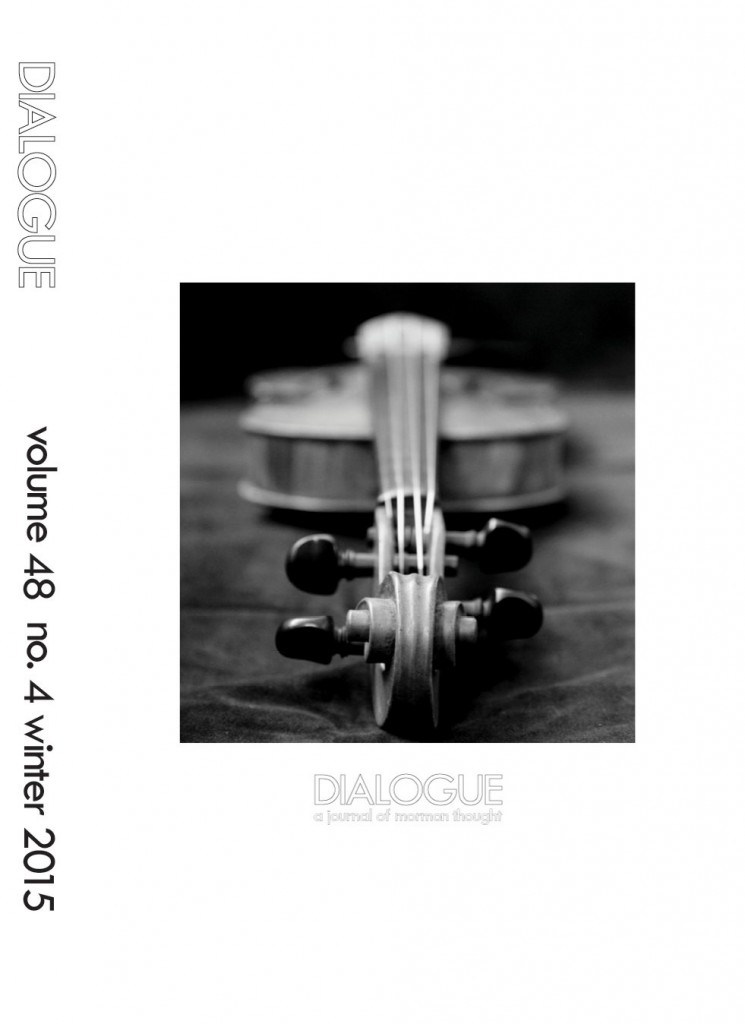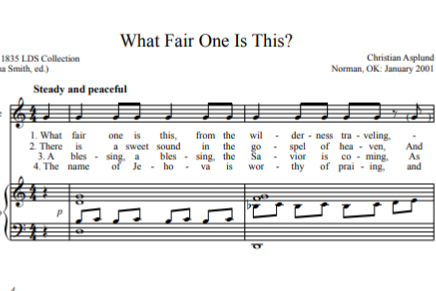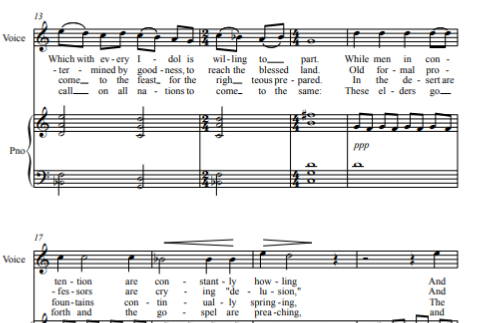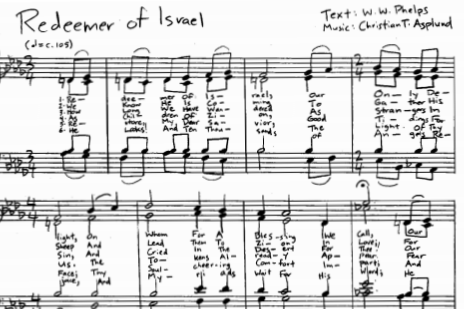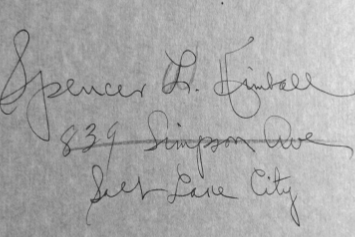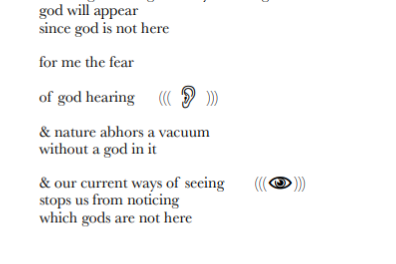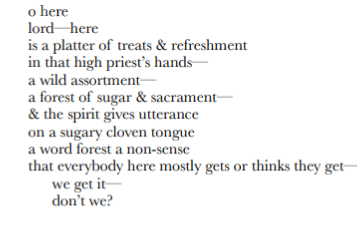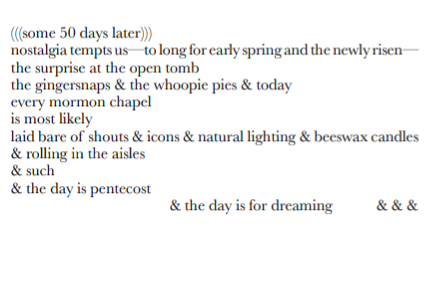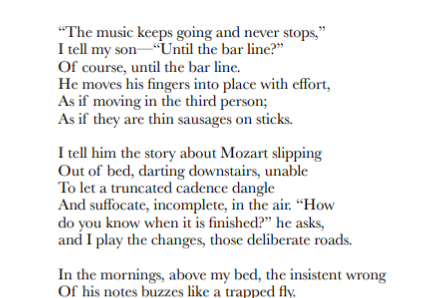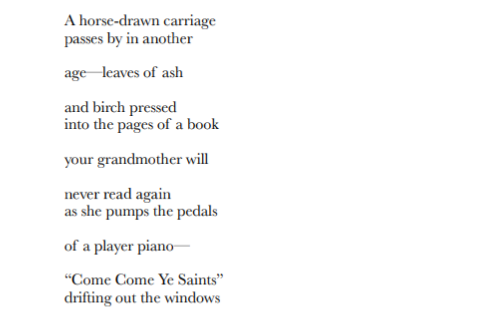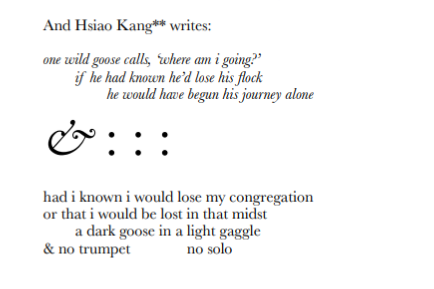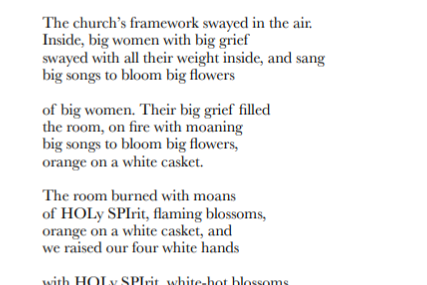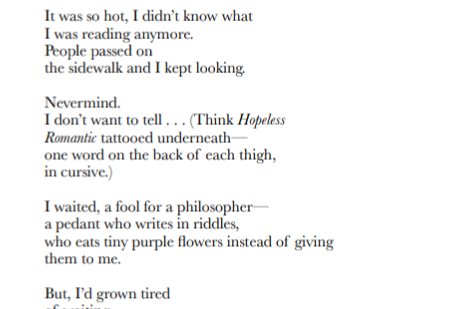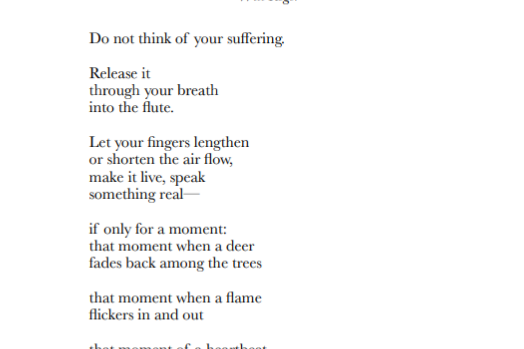A Voice Crying from the Dust: The Book of Mormon as Sound
Peter L. McMurrayThe Book of Mormon opens with a provocative conundrum: how can the sensory world of revelation most effectively be rendered in language? After introducing himself and his process of making scripture, the prophet-narrator Nephi recounts his father Lehi’s throne theophany and calling to be a prophet.This calling entailed two dramatic audio-visual encounters with the divine. In the first, Lehi prayed, and in response a pillar of fire appeared on a rock in front of him. By means of the pillar, somehow, “he saw and heard much” with such intensity he quaked, trembled, and was ultimately incapacitated by the experience (1 Nephi 1:6–7).
Read more





